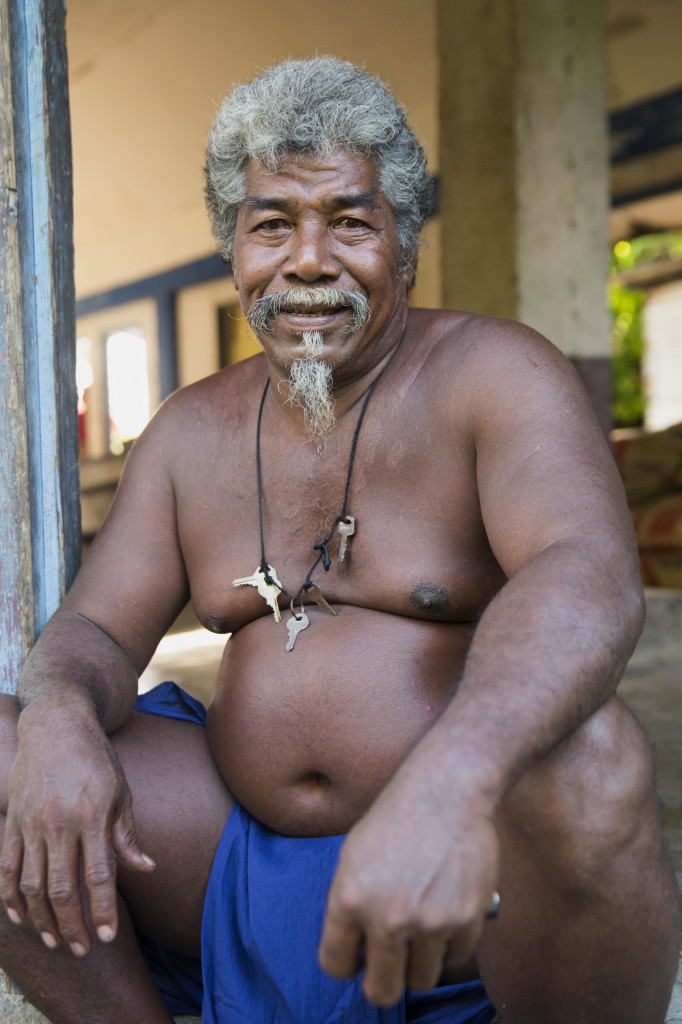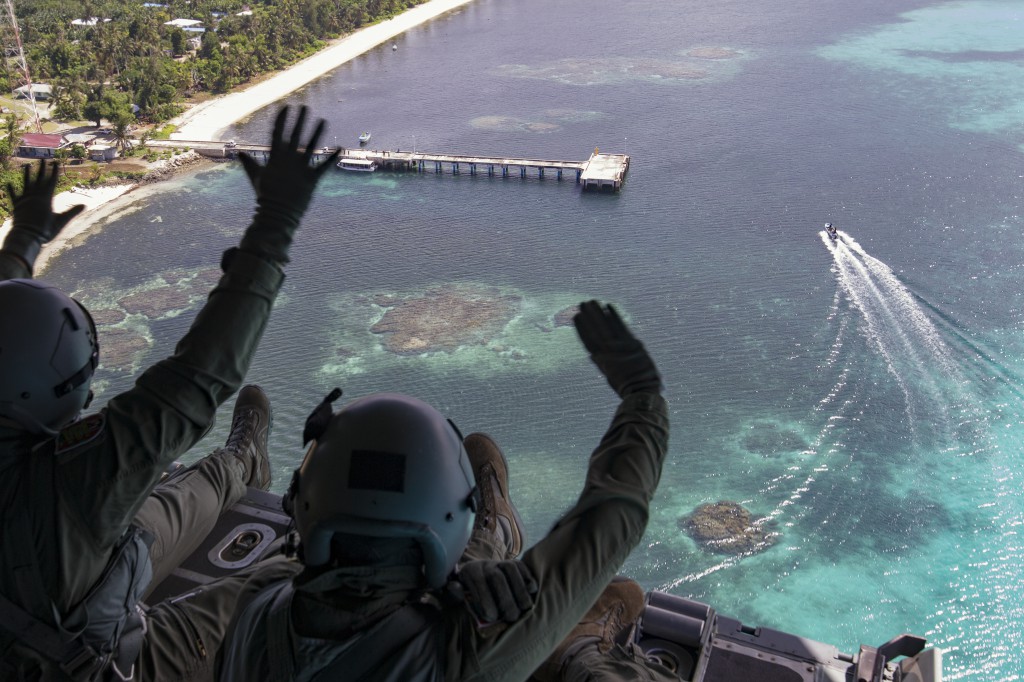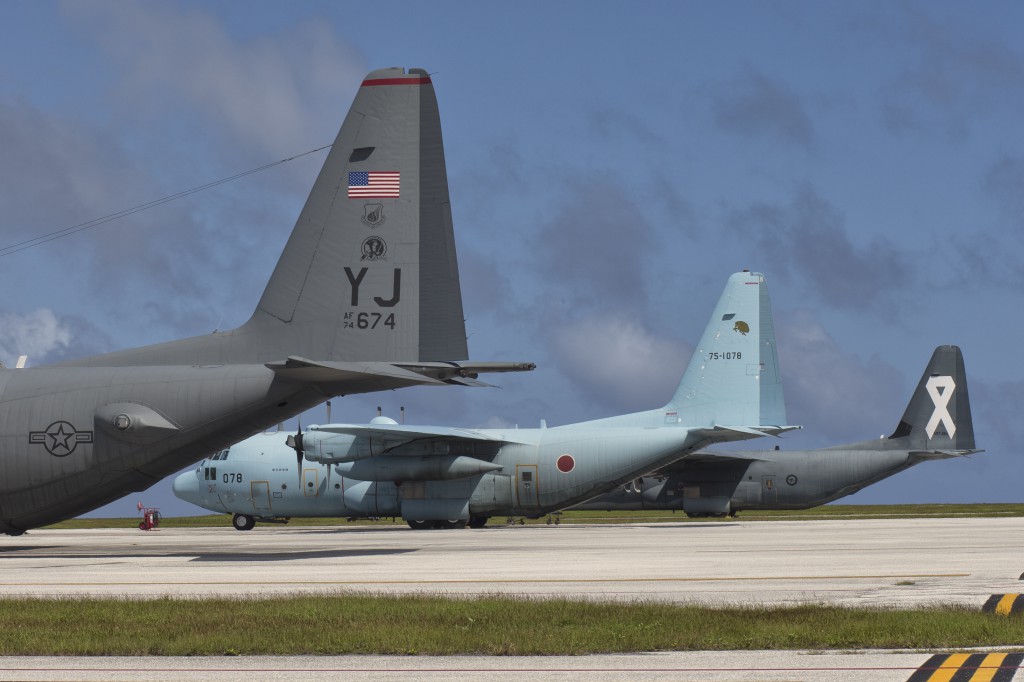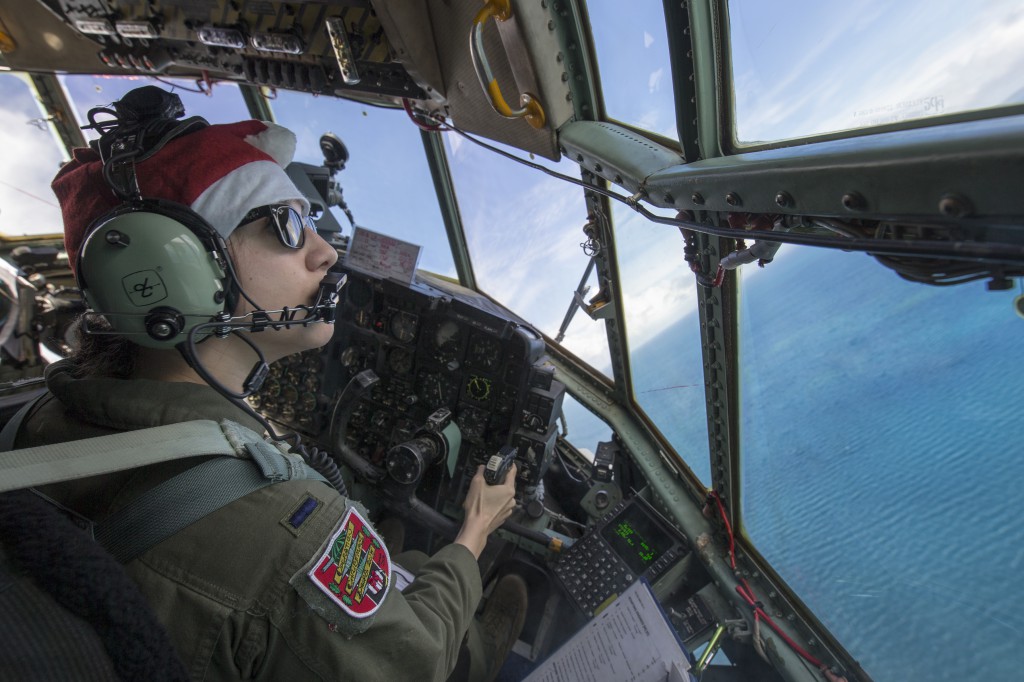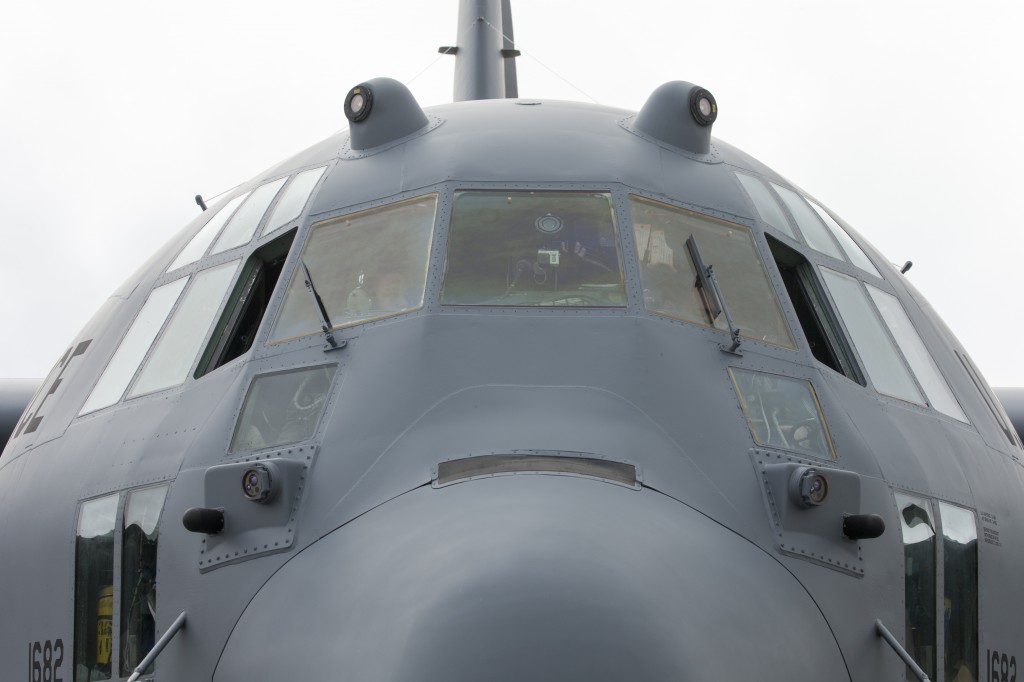 By Tech. Sgt. Thomas J. Doscher
By Tech. Sgt. Thomas J. Doscher
NORAD and USNORTHCOM Public Affairs
Yesterday, as I climbed out of my truck parked on the side of the section of 30th Street that overlooked the Garden of the Gods, I knew I was in the right spot. My mission was to get video and photographs of the Modular Airborne Firefighting System-equipped C-130s that were dropping retardant on the Waldo Canyon fire, and we had found our ring-side seats.
There’s a common perception out there that MAFFS is the game-changer; that once they arrive, the fire is beaten, everyone can go home. I wish that were the case. The truth of the matter is that MAFFS is just one of many players in a coordinated production, and sitting on that ridge yesterday, we could see that production being played out. Helicopters with water buckets passed one another in the air over and over again as they picked up loads of water from a nearby reservoir and then flew up into the mountains to drop them before repeating the process again. Tiny Forest Service aircraft led large tankers on drop runs before breaking off to get out of the way for the next run. I got a chance to see our MAFFS aircraft makes several runs — always working in coordination with the other players, always with a specific purpose, always as part of a strategy. This is chess, not checkers.
And that was just what I could see from my staked out spot on that little ridge.
I know there are hundreds of firefighters on the ground up in those mountains who are hot, tired, and doing everything they can to contain a force of nature. Everyone is doing their part. Everyone is working in synch, and that’s the only way this thing is going to be stopped.
We stayed up there, getting our photos and video, until a Colorado Springs police car came up 30th, telling everyone to move out of the way, that emergency vehicles were going to be coming this way. Sometimes doing your part means packing up and getting out of the way, so that others can do theirs, so we stowed our gear back in the truck and left. In the rearview mirror, I could see a MAFFS aircraft make another run on the mountainside. The production went on.
 From our vantage point, we could see firefighting helicopters going back and forth from the reservoir to the fire. We were up there for a few hours, and I don’t think they stopped once.
From our vantage point, we could see firefighting helicopters going back and forth from the reservoir to the fire. We were up there for a few hours, and I don’t think they stopped once.
 The first five minutes we were there, this commercial tanker dropped retardant on the ridge north of the Garden of the Gods. Commercial and military tankers are up there making drop runs as long as the weather and visibility will allow them. Their goal isn’t to put out the fire, but to box it in with lines of retardant. Once it’s contained, it can run out of fuel and die.
The first five minutes we were there, this commercial tanker dropped retardant on the ridge north of the Garden of the Gods. Commercial and military tankers are up there making drop runs as long as the weather and visibility will allow them. Their goal isn’t to put out the fire, but to box it in with lines of retardant. Once it’s contained, it can run out of fuel and die.
 One of the MAFFS aircraft, either from the 302nd Airlift Wing here in Colorado Springs or from the153rd Airlift Wing from the Wyoming Air National Guard. The little airplane above it is a U.S. Forest Service aircraft. They fly ahead of the MAFFS and mark where they want the MAFFS to drop with a line of smoke. Then, they break off and wait for the next MAFFS before making another run.
One of the MAFFS aircraft, either from the 302nd Airlift Wing here in Colorado Springs or from the153rd Airlift Wing from the Wyoming Air National Guard. The little airplane above it is a U.S. Forest Service aircraft. They fly ahead of the MAFFS and mark where they want the MAFFS to drop with a line of smoke. Then, they break off and wait for the next MAFFS before making another run.
Top photo: Another shot of MAFFS dropping retardant. The retardant is made of 80 to 85 percent water, 10 to 15 percent ammonium sulfate, a jelling agent and red coloring. The red in the retardant helps aircrews see where they have dropped previous loads. Along with containing the fire, the retardant acts as a fertilizing agent. Because the MAFFS discharges the agent in a mist, the fire retardant does not cause damage to buildings. (U.S. Air Force photo by Tech. Sgt. J. Doscher)

